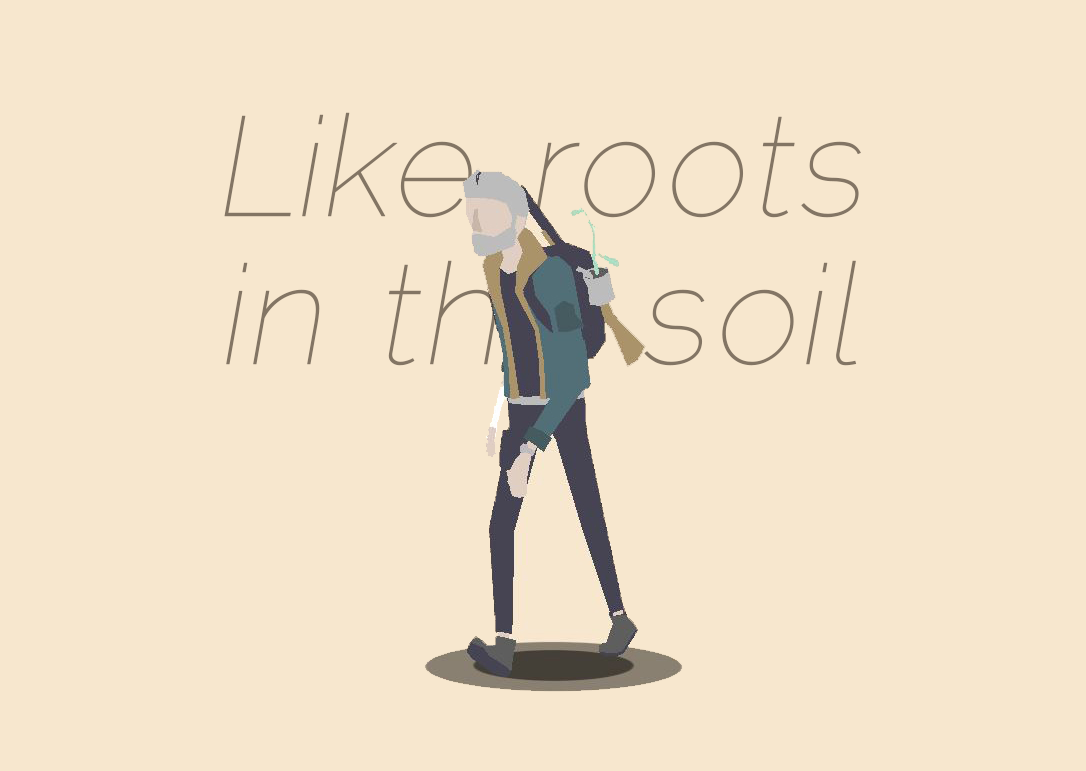It's available for users with the operating system Windows XP and previous versions, and you can get it in English. The game version is 2016 and the latest update happened on 1/04/2017. Since the game has been added to our selection of programs and apps in 2016, it has achieved 7 downloads, and last week it had 1 download. If the soil moisture down, the roots will grow in order to be able to absorb nutrients da water. Growth aside soybean plant roots also where the formation of nodules (Suriadi, 2011). The composition of soybean roots are generally very good. Growth of taproot straight into the ground and have many root.
A root system is part of the plant that holds it to the ground and supply water and other essential nutrients. All the complex formed by the roots of a plant is called the root system…
Types of Root System
Three types of main root systems are found in nature as
- Taproot system
- The fibrous root system and
- Adventitious root system.
Taproot system
In this root system, there is a primary root that grows directly from the radicle. It forms a dominant central axis and is thickest of all the roots.
It grows downwards into the soil tapering towards the apex and helps the plant gain immense support.
The secondary roots are the root branches that grow out from the taproot. These secondary roots develop in acropetal (around) succession.
There are also branches from the secondary roots which are called the tertiary roots. These tertiary roots also follow acropetal succession.
The final branches of the root system called rootlets, root caps and root hairs occur over them.
Thus, this tap root system is complex and is present in large trees and shrubs to give them firm support by fixing them deep into the soil.
Examples of plants with such roots are neem, cotton, rose, etc.
Fibrous root system
In this system, a number of fine thread-like branched roots of uniform size bunch out from the base of the stem.
This type of root system occurs in monocots like rice, sugar cane, wheat, etc.
Here the primary root and seminal roots do not persist for long.
Further, these roots unlike taproots do not penetrate deep into the soil. Instead, they are located superficially. Hence, it is easy to uproot the whole plant manually.
However, these plants are not carried away by heavy winds in-spite of superficial roots due to the small size of the plant.
Adventitious root system
This system of the root develops on a plant from places other than the radicle. Adventitious roots may be above or below the ground.
These roots are commonly thin or fibrous. They develop normally from nodes of creeping stems or from places of injury.
As the name indicates, these roots provide additional benefits to the plant.
Besides helping in fixation of the plant into the soil, they help in other aspects based on the plant requirements.
These adventitious roots are of different types like
Prop roots
They develop from the upper part of the stem, usually from the horizontal branches. They travel downwards into the soil vertically. These Prop roots are longer and act as pillars.
These prop roots are thicker and provide additional support to the plant. They can replace the main stem or trunk.
Examples of such plants include the banyan tree.
Stilt roots
These roots are aerial roots and develop from the basal nodes of the main stem. Then they go obliquely downwards into superficial layers of soil.

Stilt roots are shorter and act as tent ropes to provide extra support. Stilt roots are less thick and seldom replace the main stem.
Stilt roots are present in mangrove trees.
Storage roots (Root tubers)
These roots are meant to store reserve food material for the availability of the plant latter.
Roots are modified and enlarged which store food thus acting as storage organs like sweet potato, beetroots, carrot, radish, etc.
These storage roots are of different types on which we have a complete description as types of storage roots.
Pneumatophores
Like Roots In The Soil Mac Os Download
These are the roots that grow upwards out of the ground. As the name indicates, they are intended to absorb oxygen from the atmosphere.
Such type of arrangement is needed in plants that grow in wetlands.
Examples: Rhizophora.
There are several large surface roots around my maple tree. Can I safely cover these roots with soil?
Trees have shallow roots. The vast majority of a tree’s roots are located in the top 12 to 18 inches of soil. As the tree roots grow, some of the larger roots near the soil surface may emerge from the ground. While many individuals regard surface roots as unwelcome, they are normal for many trees.
It’s usually best to ignore surface roots as much as possible. (Granted, mowing around surface roots can be tricky.) Covering the area around the tree with 1 to 2 inches of soil provides only temporary relief. The tree roots will continue to grow and will probably reappear in a few years. Placing 4 or more inches of soil around a tree may damage or destroy it by depriving some of the tree’s roots of oxygen.
Mac Os Root User
If you’re not fond of mowing around the tree roots, you could destroy the turf and apply mulch around the tree. Wood chip or shredded bark mulches are actually beneficial to trees. An appropriate mulch depth for areas around trees is 2 to 4 inches. Shade tolerant perennials, such as hostas, ferns, woodland phox, wild ginger, and barrenwort could also be planted around the tree.